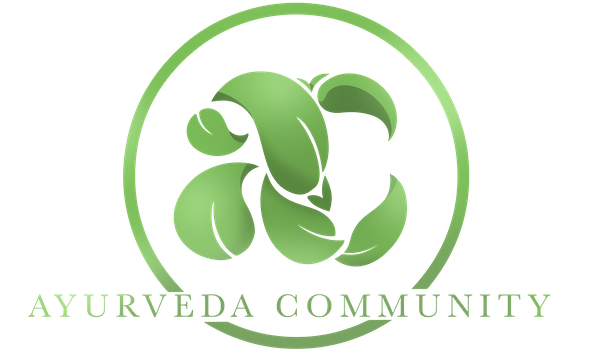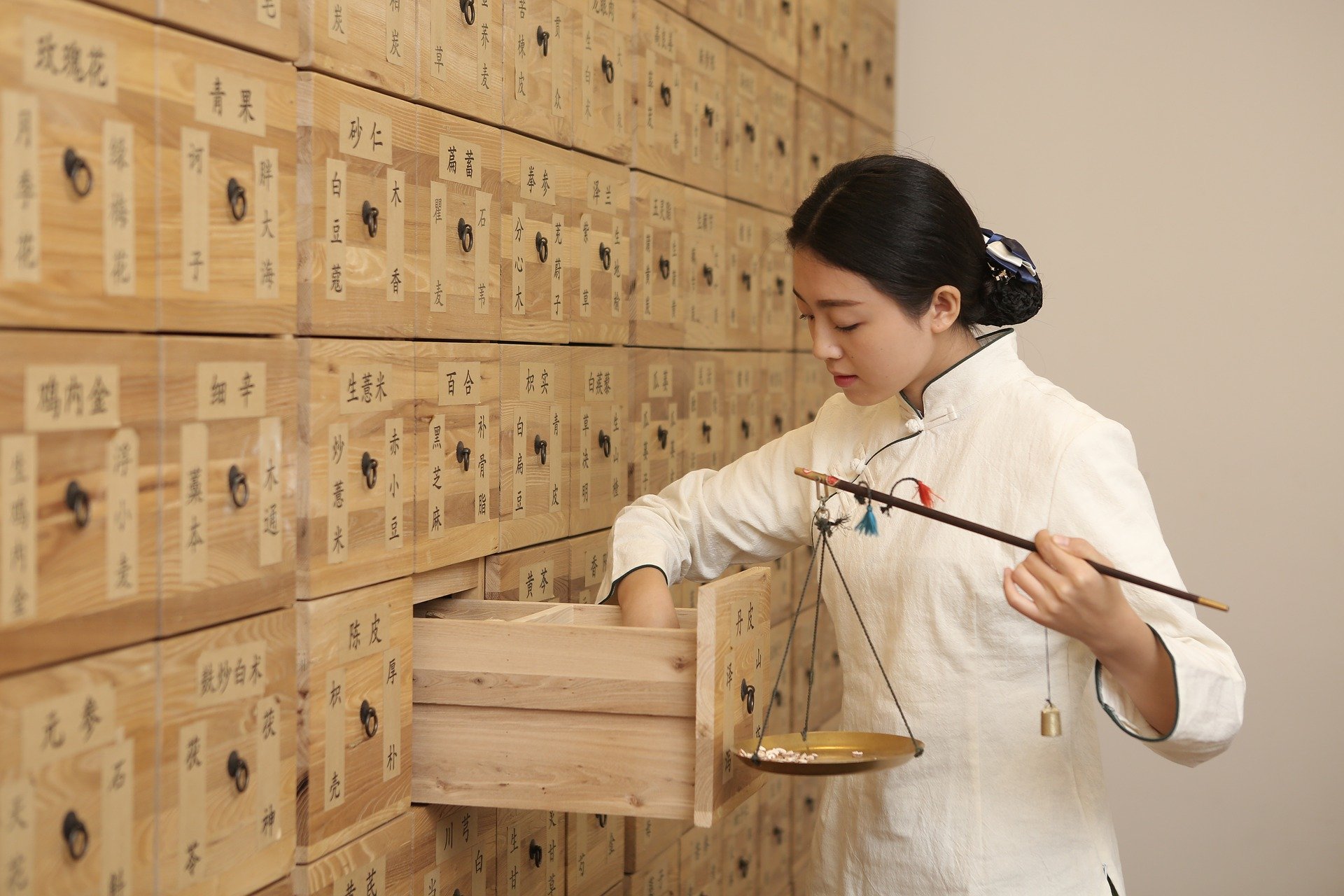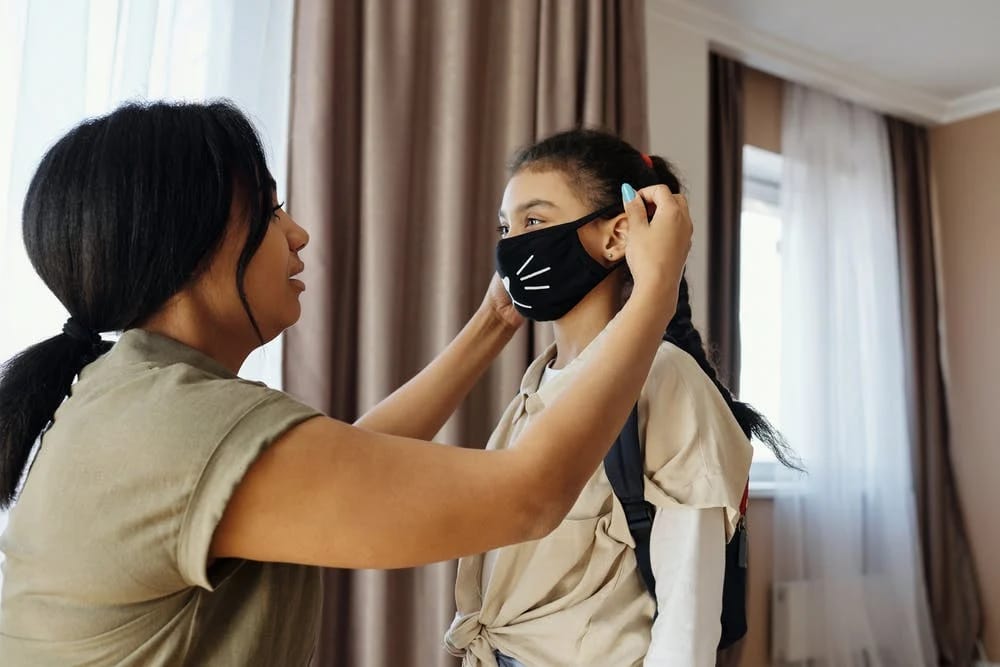Corona or COVID 19 has become so notorious owing to its fatality that it no more requires a special introduction in particular. Whether herbal medicine can effectively manage it or not, is something that needs analysis. There are articles suggesting that TCM (Traditional Chinese Medicine) has effectively managed COVID 19 in China. Meanwhile, some critics also identify it as a placebo effect owing to Chinese patriotism towards its system or an attempt of the Chinese Government to popularise their age-old practices worldwide.
Has TCM really worked?
The outbreak was first identified in Wuhan, Hubei Province, China, in December 2019. The World Health Organization (WHO) declared the outbreak to be a Public Health Emergency of International Concern on 30 January 2020 and recognized it as a pandemic on 11 March 2020.1
As the incidence rates increased dramatically in the country, the Chinese government activated its team of Traditional Chinese Medicine to integrate with the conventional line of therapy on 03 Feb 2020. This decision was taken in the light of research works and documentation, substantiated the contribution of TCM in bringing down the SARS epidemic in 20032. Moreover the genome sequences of SARS-CoV-2 shared 79.5% sequence identity to Severe Acute Respiratory Syndrome- related coronaviruses (SARS-CoV)3,4.
On 17, February, National Health Commission (NHC) of the Peoples Republic of China reported that 60,107 confirmed COVID – 19 patients (85.20% of total confirmed cases) had been treated with TCM along with conventional protocols4. Analysing the rate of recovery and decrease in fatality in China after that, it can very well be concluded that the intervention actually worked and was not just a placebo effect.
The death rate which was at 18.99 % of affected case on 11 Feb 2020 reduced to 4.16% by 30 Mar 2020.5
What in TCM worked6?
Based on traditional TCM protocols, 4 major concoctions showed efficacy including the QingfeiPaidu decoction (QPD), Gancaoganjiang decoction, Sheganmahuang decoction and the QingfeiTouxieFuzheng decoction. In all the four concoctions, a Liquorice root was a common and main ingredient. The QingfeiPaidu decoction (QPD) was most favoured as it demonstrated the highest efficacy and been rebranded as different names including ‘Formula One’ In Guandong, The ‘TCM Antiviral’ In Shanghai, etc. with state pharmaceutical and TCM companies mass producing it for sale in China but it has been restricted for export.
Here is a list of Ingredients in QPD Decoction
SL. NO | CHINESE- LATIN NAME | PLANT-NAME |
1 | Ephedrae Herba | dried stem or aerial part of Ephedra sinica Stapf or other ephedrine-containing Ephedra species (Ephedraceae) |
2 | Armeniacae Semen Amarum | Armeniacae Semen (AS) is a dried seed part of Prunus armeniaca Linne var. ansu Maximowicz or Prunus mandshurica Koehne var. glabra Nakai (Family: Rosaceae) |
3 | Glycyrrhizae Radix et Rhizoma Praeprata cum Melle | Glycyrrhiza Glabra (Licorice) Rhizome/root |
4 | Gypsum Fibrosum | Gypsum fibrosum is a type of plaster stone containing calcium sulphate and is said to be "cooling by nature". |
5 | Cinnamomi Ramulus | Herb Ephedra (Ma Huang in Chinese) and Ramulus Cinnamomi (Gui Zhi in Chinese) are traditional Chinese herbs, often used together to treat asthma, nose and lung congestion, and fever with anhidrosis. |
6 | Alismatis Rhizoma | Rhizoma Alismatis (RA), the dried rhizome of Alisma orientale (Sam.) Juzep, |
7 | Polyporus | Polyporus is a genus of poroid fungi in the family Polyporaceae.- species - Polyporus alveolaris |
8 | Atractylodis Macrocephalae Rhizoma | Atractylodes macrocephala Koidz |
9 | Poria | Poria cocos |
10 | Bupleuri Radix | Radix Bupleuri consists of the dried root of Bupleurum falcatum L. or B. falcatum L. var. scorzonerifolium (Willd.) Ledeb |
11 | Scutellariae Radix | ROOTS OF Scutellaria baicalensis |
12 | Pinelliae Rhizoma Praepratum cum Zingibere et Alumine | Pinelliae Rhizoma (PR), the dried tuber of Pinellia ternata (Thunb.) Breit.; widely used for eliminating phlegm or treating cough and vomiting |
13 | Zingiberis Rhizoma Recens, | The root of Zingiber officinale |
14 | Asteris Radix et Rhizoma | Asteris Radix et Rhizoma is the dried root and rhizome of Aster tataricus L. f. (Asteraceae) |
15 | Farfarae Flos | dry flower bud of perennial herb Tussilago farfara L. of family Composite |
16 | Belamcandae Rhizoma | Belamcandae chinensis rhizoma, is a rhizome of Iris domestica (syn. Belamcanda chinensis). |
17 | Asari Radix et Rhizoma | Asari radix et rhizoma (Xixin, Manchurian Wildginger, Asarum spp) Did not find any scientific name |
18 | Dioscoreae Rhizoma | Dioscorea opposita Thunb |
19 | Aurantii Fructus Immaturus | dry fruit of Citrus aurantium L. and Citrus sinensis Osbeck |
20 | Citri Reticulatae Pericarpium | an orange-colored Citrus reticulata Blanco fruit peel |
21 | Pogostemonis Herba | Pogostemonis Herba is the dried aerial part of Pogostemon cablin (Blanco) Benth. (Labiatae) |
How well did it work?
As for March 1, 2020, a total of 303 ongoing clinical trials aiming to evaluate the efficacy and safety of treatments for CoV-19 patients were launched in China. Among them, 50 trials (16.5%) were about the use of TCM, including 14 cases (4.6%) to examine the effect of combined treatment with TCM and Western medicine.7
According to the report of National Administration of Traditional Chinese Medicine, up to February 5th, 2020, 214 COVID-19 patients were treated with Qing FeiPai Du Tang (QPD) in Shanxi, Hebei, Heilongjiang and Shaanxi Provinces with overall effective rate ≥ 90%. Among them, the symptoms of the majority of patients (≥60%) were markedly improved, while illness of others (30%) were stabilized8. After that, 701 COVID-19 patients were treated with Qing FeiPai Du Tang in 10 provinces in China. The result showed that 130 patients (18.5%) were completely cured after treatment. The treatment also resulted in the disappearance of characteristic symptoms of COVID-19 such as fever and cough in 51 patients (7.27%). In addition, symptom improvement or stabilization were observed in 268 patients (38.2%), and in 212 patients (30.2%), respectively9.
Mechanism of action
The TCM combination of 21 drugs, were reported to work by
1. STOPPING ACTIVE ENTRY OF PATHOGEN – by preventing binding
of virus with ACE-2 receptors of the human body.
2. STOPPING ITS MULTIPLICATION – by preventing replication pf 3CLpro and RdRp
required for virus multiplication
3. STOPPING HIGH INFLAMMATORY RESPONSE – by preventing Cytochine
production which results in fatality
In short medicine acted as a PREVENTIVE , EFFECTIVE CONTROLLER OF VIRULENCE
AND FATALITY DUE TO COVID-197.
Inspiration to Ayurveda from Chinese counterparts
Just as China has its TCM, we have our Indigenous system of medical science- Ayurveda, which relies upon the time-tested documentations of herbal remedies for managing diseases. Until the invasion of the Westerners, this system of medicine was used as the only or primary health care in India for all health issues we faced at that time, pandemics included. The advent of modern medicine and demand for symptomatic management of disease has somewhere crippled this system of medicine, restricting its popularity as a solution for non-communicable or degenerative diseases only. It is high time that our government and policy makers realise and recognise it as not just an alternative system of medicine.
How can Ayurveda help
The 5000 year old science has to its credit, very prodigious description on concepts of jvara and viṣamajvara (fever with co-morbidities and recurrence), Types of śvāsa (dyspnoea) etc. along with its solutions. This theoretical richness has to be converted to practice, with proper documentation.
The Chinese government could implement administration of TCM in management of the epidemic, as there were unified sets of formulations accepted by the whole TCM system as solution for the same. Owing to the vastness of literature available in Ayurvedic texts and freedom of choice given to its torch bearers as Yukti (logic) by Ācāryas, a huge difference exists between the practitioners, while choosing a medicine for treating a condition, though the governing principle remains same for all. Its time that the Ayurvedic fraternity come together and decide upon one or two or three combination of medicinesafter overlooking the possibility of action in thwarting progress of COVID-19 and project a unanimous plan to the Govt. of India, as protocol of ISM for managing the condition.
Last but not least. A null hypothesis, that Herbs or Ayurveda cannot cure Corona, can be rejected only after appearing the test i.e, conducting a proper documented trial. A step taken now to stand united, can be one stop solution to this tormenting affliction of human race in this 21st century.
REFERENCE
- https://en.wikipedia.org/wiki/2019%E2%80%9320_coronavirus_pandemic
- https://www.thailandmedical.news/news/must-read-china-s-secret-to-controlling-the-covid-19-outbreak-is-traditional-chinese-medicine-concoctions-used-alone-or-in-conjunction-with-antiviral-
- Zhou P, Yang XL, Wang XG, Hu B, Zhang L, Zhang W. et al. A pneumonia outbreak associated with a new coronavirus of probable bat origin. Nature. 2020
- Wu A, Peng Y, Huang B, Ding X, Wang X, Niu P. et al. Genome Composition and Divergence of the Novel Coronavirus (2019-nCoV) Originating in China. Cell Host Microbe. 2020
- http://worldometers.info/coronavirus/country/china
- https://www.thailandmedical.news/news/must-read-china-s-secret-to-controlling-the-covid-19-outbreak-is-traditional-chinese-medicine-concoctions-used-alone-or-in-conjunction-with-antiviral-
- https://www.ijbs.com/v16p1708.htm
- Xu X, Zhang Y, Li X, Li XX. Analysis on prevention plan of corona virus disease-19 (COVID-19) by traditional Chinese medicine in various regions. Chin Herb Med. 2020:1-7
- National Health Commission of the People's Republic of China. Transcript of press conference in 17, February, 2020. http://www.nhc.gov.cn/xcs/s3574/202002/f12a62d10c2a48c6895cedf2faea6e1f. shtml. 2020




